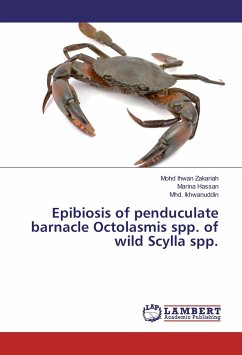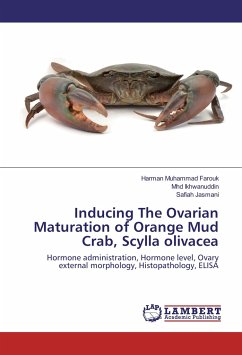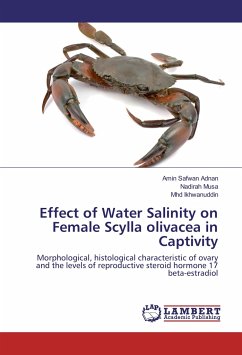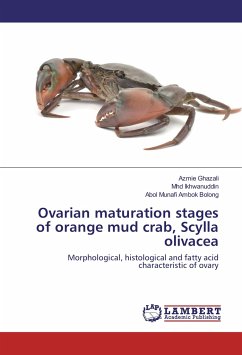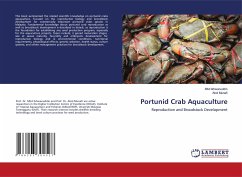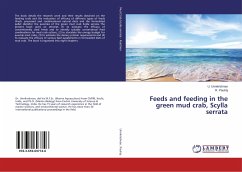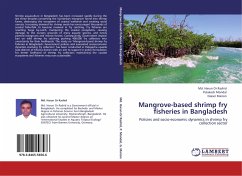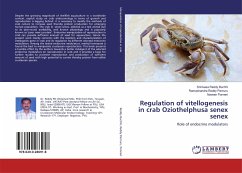Study of pedunculate barnacle communities that infested on three wild mud crab species (Scylla olivacea, S. tranquebarica and S. paramamosain) from the Setiu Wetland, Terengganu was done. The study aims to identify and determine the abundance of any pedunculate barnacle species found on the gill of the mud crabs. The specific infestation especially the site attachment location of barnacle and their effect on the mud crabs gill were also investigated. Six pedunculate barnacle species from genus Octolasmis were found, but only two of them were fully identified. The four left species have different morphological characteristic and could be a new species. Two species that are fully identified are Octolasmis sp. A (Octolasmis angulata) and Octolasmis sp. C (Octolasmis cor). Scylla tranquebarica show the highest number of infestation. For the gill preference study, statistically, most of the barnacle shows significantly different especially for gill number 5 (G5) to gill number 8 (G8).Study of barnacle attachment, histology and Scanning Electron Microscopy show that the attachments of this barnacle are not give serious effect.
Hinweis: Dieser Artikel kann nur an eine deutsche Lieferadresse ausgeliefert werden.
Hinweis: Dieser Artikel kann nur an eine deutsche Lieferadresse ausgeliefert werden.

